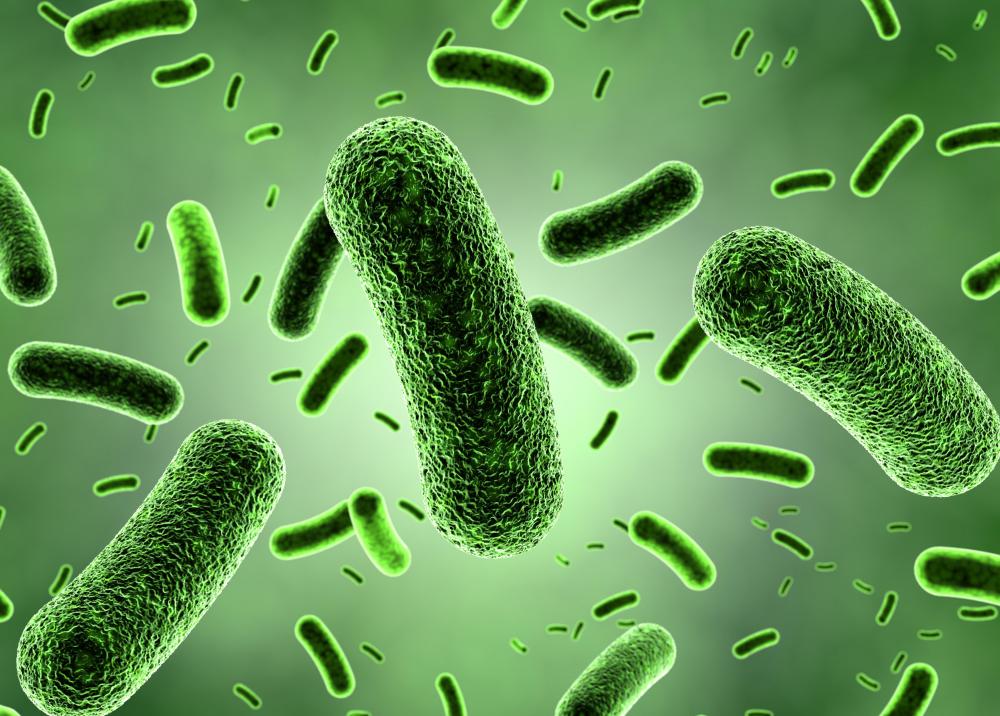At WiseGEEK, we're committed to delivering accurate, trustworthy information. Our expert-authored content is rigorously fact-checked and sourced from credible authorities. Discover how we uphold the highest standards in providing you with reliable knowledge.
What Is a Dangerous Goods Declaration?
A dangerous goods declaration consists of documenting contents of hazardous materials shipped by land, sea, or air. The document certifies a shipper followed regulations regarding labeling and packaging to safely transport materials or substances that pose a risk to people or animals. Precise information must appear on the declaration, including assigned codes to identify items in transit.
When someone ships a hazardous material, the dangerous goods declaration lists the number of items being sent and the net weight of the shipment. The name of the dangerous material is noted, along with a numerical code assigned to the product that determines the risk level if an accident or spill occurs. The form lists the name and address of the shipper, the type of packaging material used, and a toll-free number of a contact person in an emergency.

Different regulations exist for various methods of transport. The International Air Transport Industry (IATI) regulates hazardous materials sent by plane, including completion of a dangerous goods declaration worldwide. This form must accompany lithium batteries, oxygen tanks, magnetized products, and radioactive substances.
Biological samples or specimens with infectious properties sent by air are also regulated by the IATI. These might include samples of blood, fecal matter, body parts, or bodily fluids containing pathogens, such as bacteria, fungi, or parasites. Biological samples noted on a dangerous goods declaration might be shipped to research labs for diagnostic purposes, or as part of an investigation.

The IATI sets standards and enforces regulations through a dangerous goods board. The board might periodically audit a shipment to ensure a dangerous goods declaration properly describes the hazardous materials and that packaging is sufficient to prevent leakage or rupture. This organization also provides training courses for shippers and ground workers who handle these packages.
A declaration for items sent by ground or sea might identify flammable liquids or solids. Any material that could explode or emit hazardous gas comes under specific packaging and handling regulations. Toxic substances require specific coding and labeling indicated on the dangerous goods declaration.
These documents assist in handling of hazards when transferring packages from one mode of transportation to another. They also provide an immediate indication of the level of danger if an accident happens. Emergency personnel can review the declaration and determine the type of substance needing clean-up to protect the health and safety of the public. The document also helps hazmat crews determine the size of a decontamination area for specific materials.
AS FEATURED ON:
AS FEATURED ON:












Discuss this Article
Post your comments